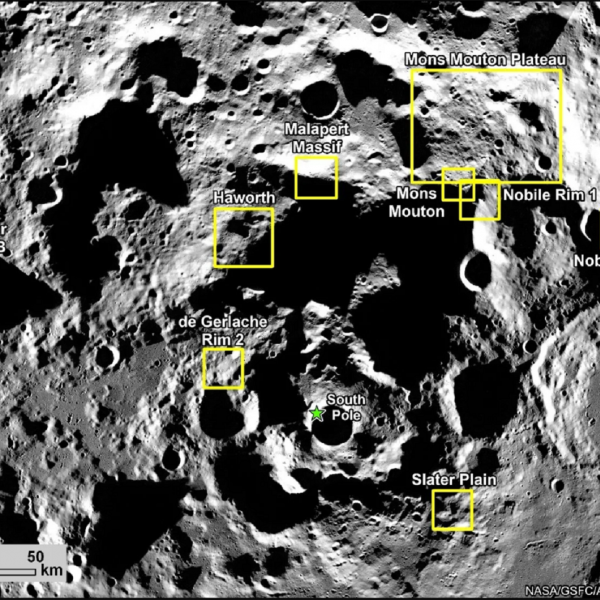The newly restructured undergraduate curriculum in the Department of Earth and Planetary Sciences includes three new majors, offering students flexibility to explore interdisciplinary scientific interests and careers.
“Students may know early on that they are interested in science, or space, or the environment, but they may not know yet where these interests will take them,” said Philip Skemer, professor and director of undergraduate studies in the Department of Earth and Planetary Sciences (EPS). “The new majors in Earth, environmental, and planetary sciences provide students time to explore their interests without locking them into a particular track or career path.”

Because planets are complex systems, Earth and planetary sciences are necessarily far-reaching, applying biology, chemistry, physics, mathematics, and statistics to a whole host of questions about Earth and other planetary bodies in our solar system and beyond. The new curriculum launched by EPS this fall boasts enough flexibility for students to find their unique interdisciplinary path, a feature Skemer says is especially critical for young scientists today.
“There has been a marked shift in recent years towards science that spans disciplinary boundaries,” Skemer observed. “Research is rarely conducted in isolation by individual investigators in their labs. More often, it involves collaborative efforts that draw on diverse, interdisciplinary scientific expertise. The faculty of Earth and Planetary Sciences wanted to ensure that the curriculum we offer reflects the way scientific research is conducted.”
The three new EPS majors in Earth science, environmental science, and planetary science move away from the former curriculum’s emphasis on individual scientific disciplines in geology, geochemistry, and geophysics. The new majors instead cluster around related investigations and applications. For example, the Earth science major applies natural science and math to the study of planet Earth, including its evolution and geologic hazards, whereas the environmental science major focuses on the scientific investigation of natural systems at the intersection of Earth and humanity.
All three majors encourage students to pursue their academic aspirations and career goals in line with their preferences and passions.
“This new curriculum is designed to prepare students for a wide spectrum of careers in government, NGOs, industry, and research,” Skemer said. “By focusing on the broad scientific underpinnings of Earth, environmental, and planetary science, while developing skills in highly-marketable areas like GIS, data science, and geospatial science, students will be well-positioned for the workforce of the future.”
Students are invited to the College of Arts & Sciences’ Major-Minor Fair on Oct. 17 where they can chat with Skemer and other faculty members to learn more about majors and minors available across disciplines.




